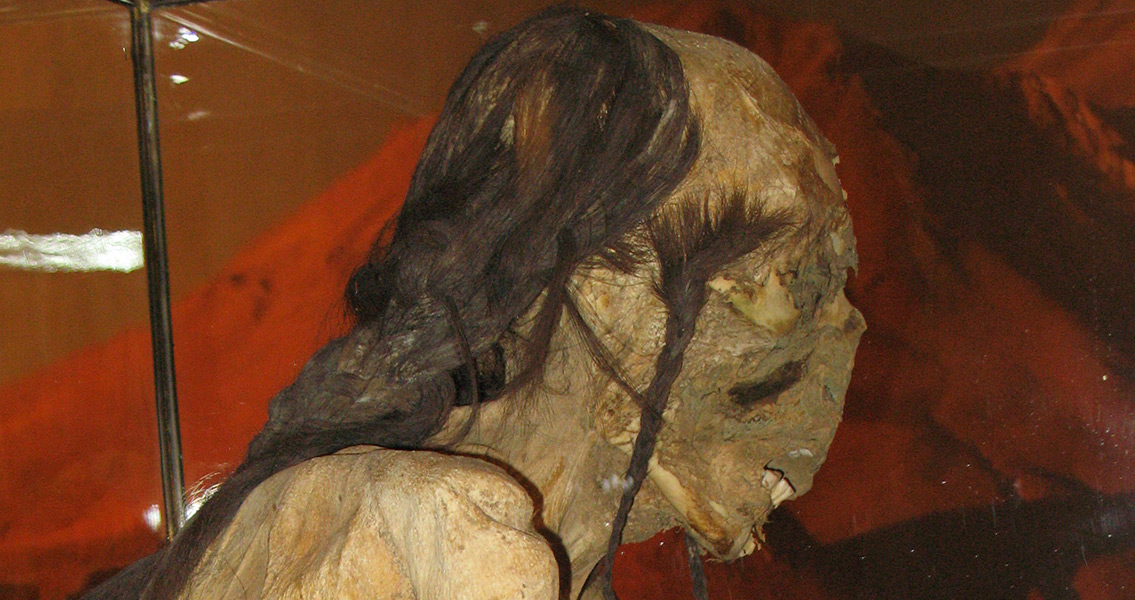<![CDATA[A new study wherein hair samples from almost a score of mummified remains from Chile have revealed low levels of the stress hormone cortisol, indicates that life in the region up to 1,500 years ago might have been less stressful than thought. Previous study has assumed that individuals living in the arid northern reaches of Chile had to contend with rough, brutal and sometimes short lives as a result of violence, disease, inclement weather and food shortages. However, the new research, which took hair samples from nineteen Chilean mummies from 500 years to 1,500 years of age, indicates otherwise. According to a Scientific American article, researchers from the University of Chile took the samples from the remains of mummies found in San Pedro de Atacama. The amount of cortisol, the stress hormone released in response to threats either perceived or real, was measured across all samples. As hair grows around one centimeter a month on average, it provides an excellent way to indicate stress during the final few months of life, and offers opportunities to examine the emotional state of individuals just prior to their death. Hermann Niemeyer, head of the University of Chile’s Laboratory of Organic Chemistry and one of the study’s authors, remarked that the lower than anticipated cortisol levels were a revelation. While he admitted that he couldn’t discount the possibility decomposition might have degraded some of the samples, Niemeyer credited the desert environment with creating well-preserved mummies, adding that the stability of cortisol as a molecule is fairly high. As a control, the research team also took samples from 19 modern humans living in Santiago, between the ages of 23 and 55. They were surprised to find that between the prehistoric samples and the modern ones, there was little appreciable difference, remarking in Chilean anthropology magazine Chungará that systemic stress levels seemed to be unchanged despite the lack of modern health care, technology and environmental advantages that modern Chileans have today which would ostensibly make life much less stressful. These research results run counter to studies done in the past, such as one from 2009 which used similar testing methods. Then, researchers found high stress levels in Peruvian mummies from several different locales, something that was attributed to threats to life such as droughts, food shortages and interpersonal conflicts. This has led the authors of the most recent study to assume that the Chileans living in Atacama were highly adapted to the locale, since the region had been occupied by humans for millennia. However, the study’s lead author and fellow University of Chile researcher Rocio Lopez Barrales was quick to say that the experiences of the Atacama people could be unique and may not ring true for other pre-Hispanic peoples. The physical anthropologist remarked that the heterogeneous nature of the culture and environments of the Andes meant caution would be needed before the findings could be expanded to other South American prehistoric societies. The researchers presented their study at the 85th Annual Meeting of the American Association of Physical Anthropologists last April in Atlanta, Georgia. Image courtesy of Wikimedia Commons user: Anagoria ]]>
Hair Analysis of Chile Mummy Reveals Low-Stress Life
